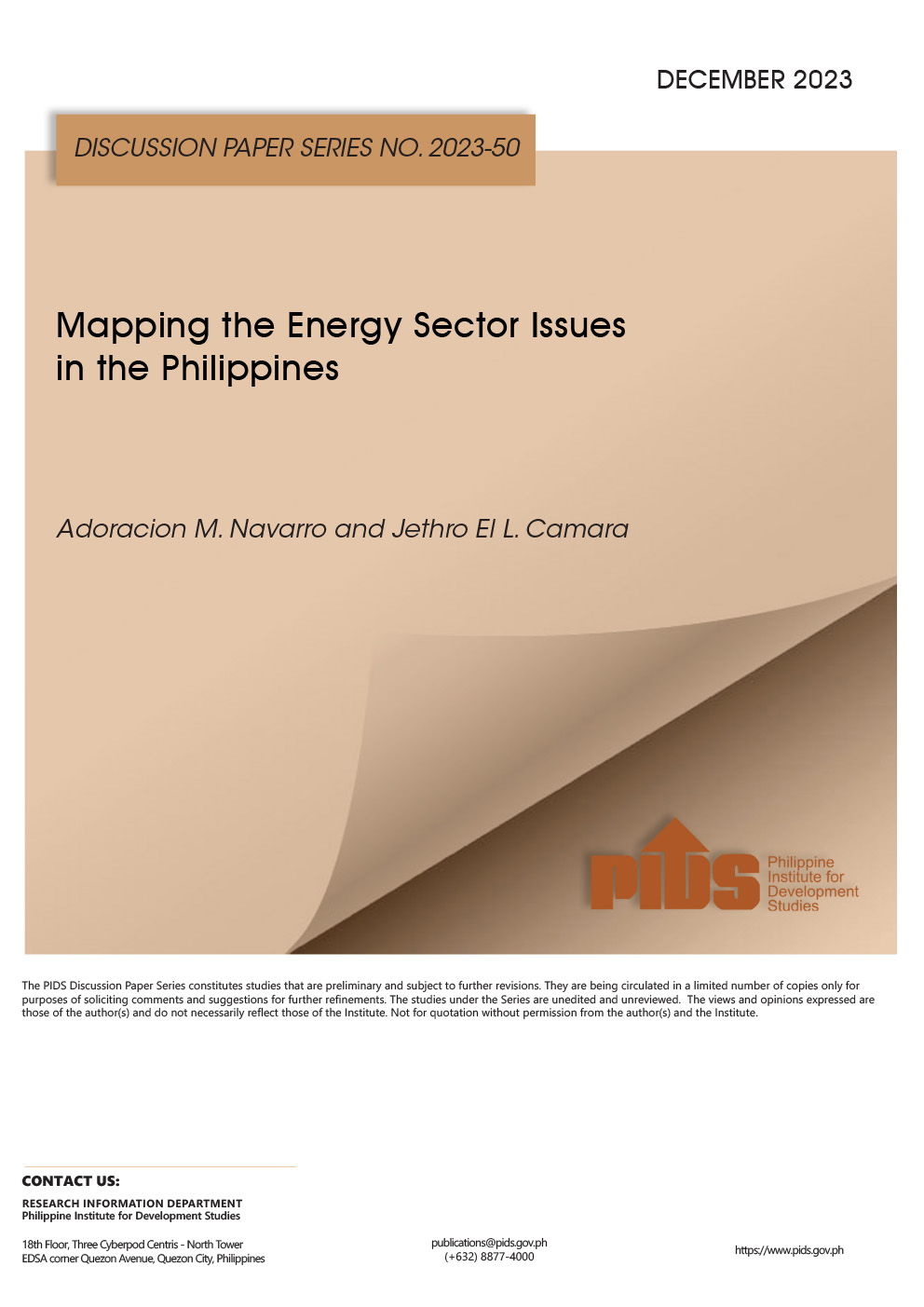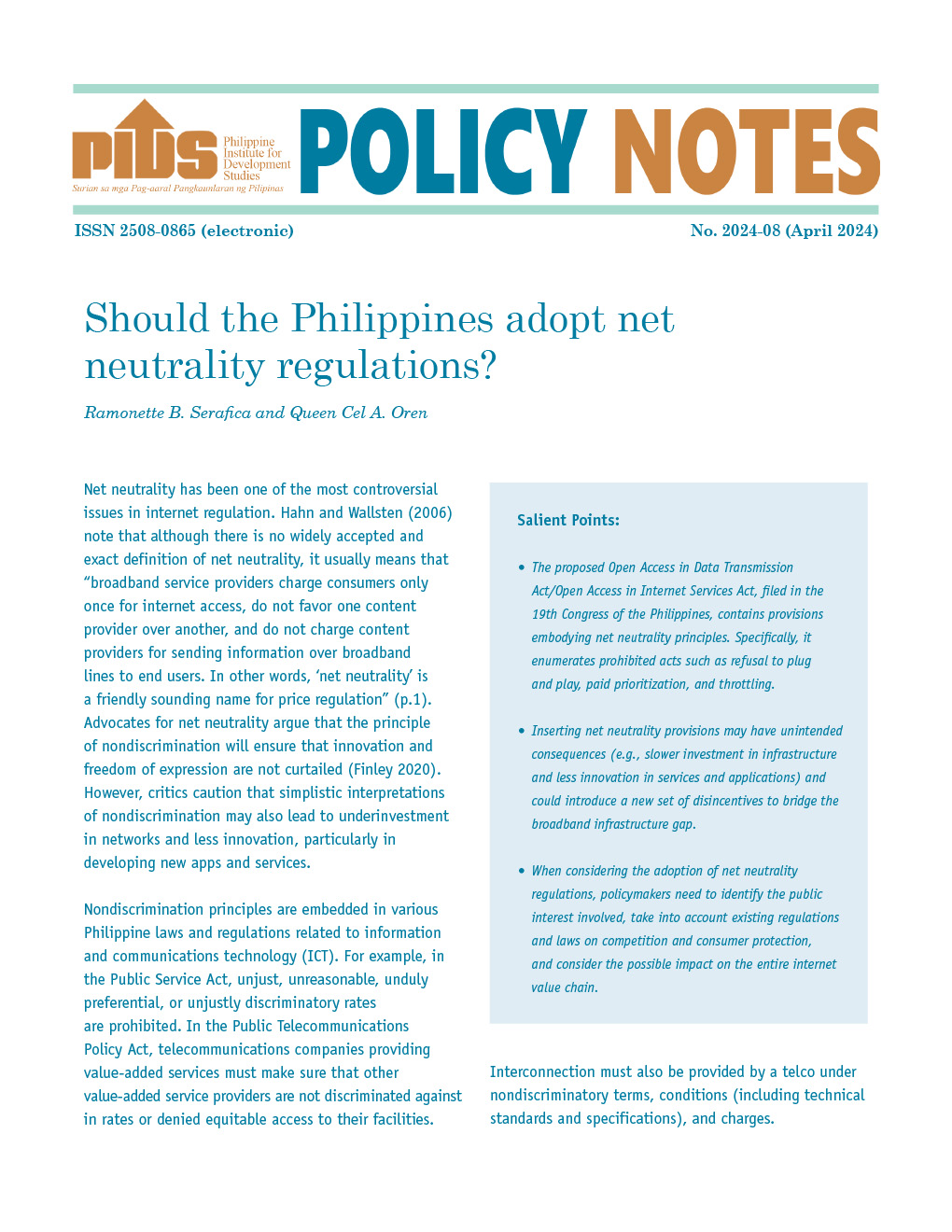ELECTRICITY supply interruptions hurt households, businesses and the economy. Power outages increase households’ and businesses’ expenses to keep them running and disrupt critical infrastructure such as banking, transportation, telecommunications, and production, which can lead to huge economic losses.
The study “Electricity Supply Interruptions in the Philippines: Characteristics, Trends, Causes” by the state think tank Philippine Institute for Development Studies investigated the causes and trends of power interruptions in the country using electric cooperatives’ monthly interruption reports to the National Electrification Administration (NEA). It found out the causes – supply, technical and environmental (interruptions due to natural events like storms).
Major storms, earthquakes and lightning cost the country 107.4 million consumer-hours in 2021, a 10-percent increase from 97.2 million consumer-hours in 2015.
This is quite concerning given that the Philippines experiences numerous typhoons a year. Concurrently, this begs the need to improve and climate-proof our power and electricity-related infrastructure to protect them from damages and shorten the duration of weather-related downtime.
Under NEA’s supervision, electric cooperatives are crucial in providing electricity in rural areas. They are the core provider of electricity services for households. However, policies give little attention to improving the reliability of electricity.
One solution – prioritize the climate-proofing of power and electricity-related infrastructure and craft policies that expand electric cooperatives’ access to more power supply and generation capacity.
Climate-proofing the country’s electricity infrastructure will help address power outages and avoid the high socioeconomic cost.






